100 Years of Agricultural Sciences in India
This book is a science roadmap for food and agriculture system to render India hunger free, more equitable, prosperous and evergreen. Underpinning the centrality of agriculture in achieving comprehensive and sustained livelihood security in India, it is envisioned that science and technology couched in effective policy regimes will render India zero hunger and less unequal. Internalizing these profound pronouncements, the book is a saga of generation, growth, development and application of agricultural sciences, technologies and innovations during the past 100 years for dynamically transforming India Agriculture towards meeting the changing societal needs and priorities and to address ever-evolving and intensifying challenges of comprehensive food, ecological and livelihood security.
The eight chapters of the book: Crop Sciences, Horticultural Sciences, Animal Sciences, Fisheries Sciences, Natural Resource Management Sciences, Plant Protection Sciences, Agricultural Engineering and Energy and Social Sciences, give a lucid account of science led ushering in of the Green (crops), Golden (horticulture), White (milk), and Blue (fisheries) Revolutions. The major scientific breakthroughs have been highlighted in the areas of genetics, genetic improvement and genetic resources of crops, livestock and fisheries; physiology and biochemistry; molecular biology, biotechnology and ‘omics’; conservation and productivity of soil and water, and ecosystems management; pests and diseases, biotic and abiotic stress management; prevention of losses, values-addition and farmer-market linkage; mechanization and energy; and climate smart agriculture. Each chapter has critically analysed the gaps and suggests research priorities, well-thought-out paths and ways forward to develop science-informed policy options and actions to meet the challenges.
It is hoped that the comprehensions of the experience of the past one century detailed in the books will be an inspiration and important resource not only for agricultural science students, scientists and academicians, but also for all stakeholders and partners, science managers, policy makers, and farmers to capture new uncommon opportunities to meet complex challenges of developing an evergreen agriculture for green economy.
Get it now and save 10%
BECOME A MEMBER

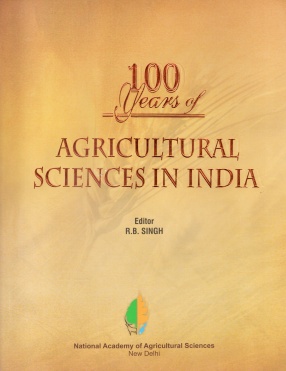
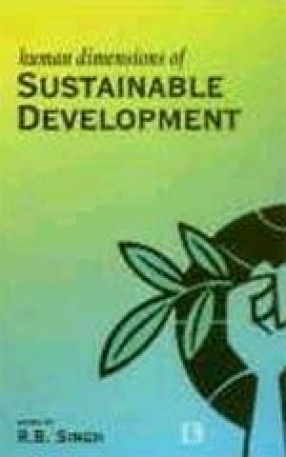

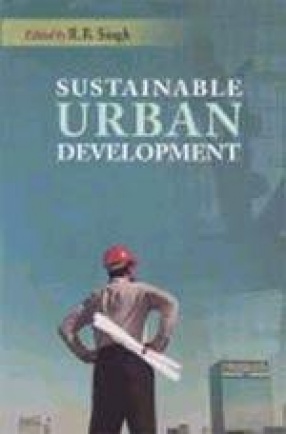
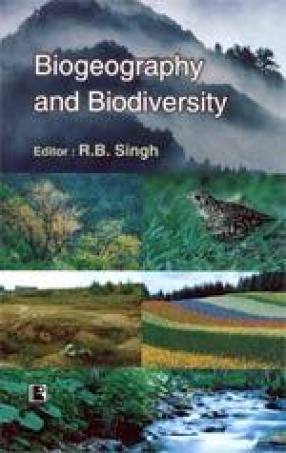
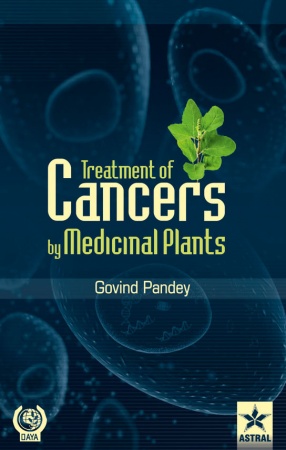
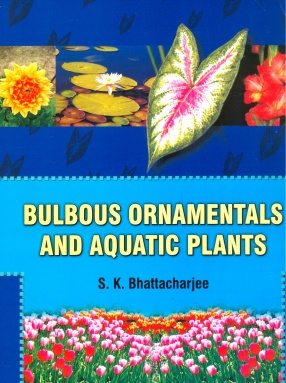
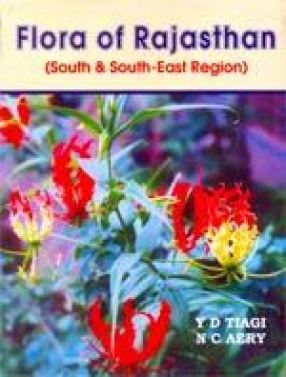


Bibliographic information